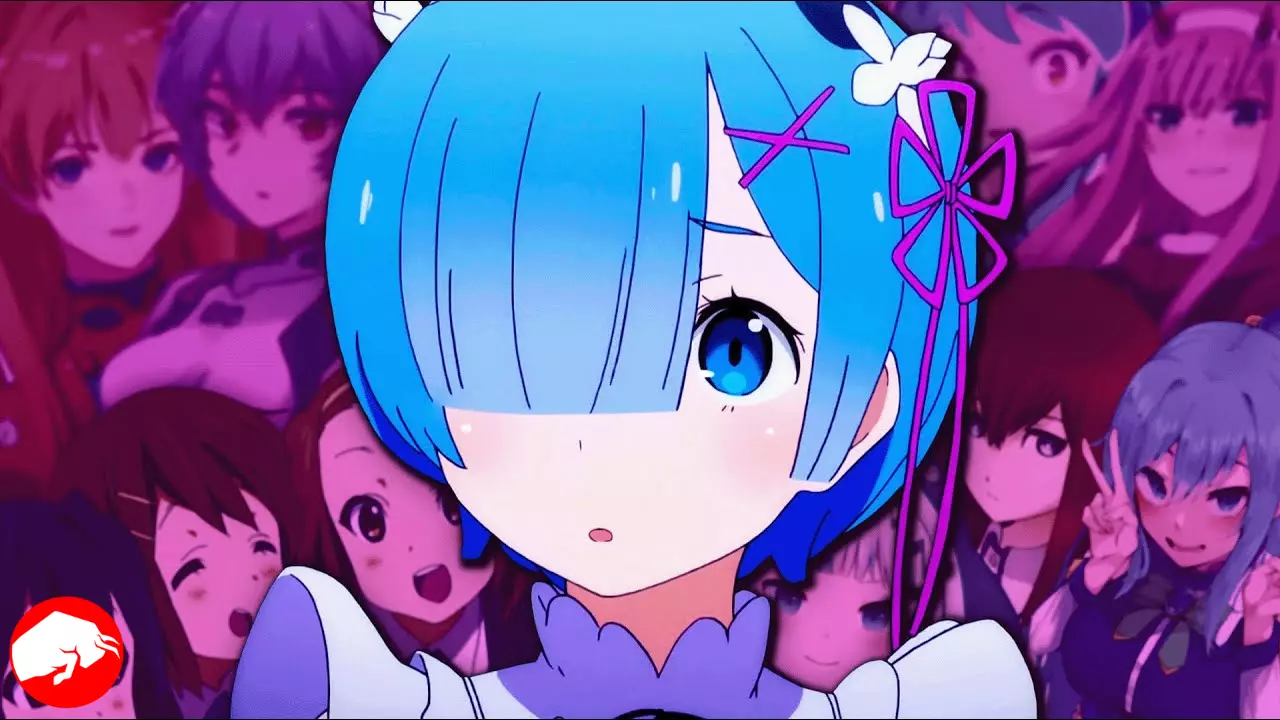If you’ve ever perused an anime forum or chatted with a fan, you’ve likely stumbled upon the term “waifu.” In the vibrant world of anime and otaku culture, this intriguing word has sparked memes, debate, and even merchandise. But what does it truly mean to call a character your waifu, and why should you care? Buckle up, anime enthusiasts and the curious alike, as we delve deep into the waifu-verse.
The Etymology of Waifu
Although “waifu” sounds like some exotic Japanese term, it’s actually the Romanized version of the English word “wife.” While the Japanese language has its own terms for a spouse, like “tsuma” or “okusan,” waifu exists in a universe of its own. Reserved for fictional female characters from anime, manga, or video games, the waifu is more than just a drawing. She’s an emotional experience, a 2D character with whom fans form a deep emotional bond.

From Anime Scene to Meme Dream: The Birth of Waifu
If we had a time machine, it’d take us straight to the early 2000s—when Azumanga Daioh added fuel to the waifu fire. Though the term existed before the show, Azumanga Daioh took it mainstream. Fans may recall episode 15 or chapter 11 where Kimura finds a picture of a beautiful woman and declares her to be “My Waifu.” What started as a moment in the series became a rallying cry, setting the stage for waifu to become a household name—at least in the homes of otaku.
“My Waifu”—Kimura from Azumanga Daioh

Waifu’s Western Odyssey
Waifuism wasn’t content staying in Japan and soon spilled over into Western otaku communities. While the early 2010s witnessed the term wafting through online forums and social media, it also stirred a pot of controversy. Detractors slammed it as a way to objectify or sexualize female characters. Yet, for every critic, there was an anime fan using the term to show genuine affection for a fictional character. Now, it’s become a staple of anime culture, even inspiring “waifu wars”—playful banter among fans about whose waifu reigns supreme.
What Makes a ‘Great’ Waifu?
If you think waifuism is a one-size-fits-all kind of deal, think again. Although there’s no universal checklist, certain traits often catch the fans’ eyes. These can range from eye-popping visuals and distinctive apparel to a lovable personality that resonates with the audience. From the quiet, intelligent types to the spirited and strong-willed, waifus capture hearts in a myriad of ways.
Reality Check: Waifu vs. Real Women
Although waifu is often spoken in jest or extreme fandom, using it to describe real women is a no-go. The term is associated with an idealized, fictional reality and can create unrealistic expectations when applied to human women. While waifuism is largely considered an innocent fandom phenomenon, it’s crucial to remember that real women are not 2D characters—they have their own thoughts, feelings, and complexities that a waifu could never encapsulate.
Nami's the best Waifu ever! ♥️
Credit to: iajemma.#ONEPIECE #ONEPIECE1092 #manga #anime #aiart #ワンピース #ルフィ pic.twitter.com/yZcTmFAJpO— 👑 Nami ナミ👑 (@NamiTrueQueen) September 6, 2023
Waifu Etiquette: How to Use the Term Without Ruffling Feathers
Like any subculture slang, waifu has its own set of unwritten rules. For starters, keep it in the anime circle. Shouting “Rem from Re:Zero is the ultimate waifu” in the middle of a family dinner might not earn you many points. But in an anime forum or a conversation with friends who ‘get it’? Absolutely.
“I’ve been binge-watching this new anime series, and I think I’ve found my new waifu.”—Typical use of ‘waifu’ among fans
So, next time someone asks you about your waifu, or you find yourself in the depths of a waifu war, remember the complexities and rich history of this unique term. Whether you view it as a lighthearted way to connect with like-minded fans or see the underlying controversies, the world of waifu is as varied and captivating as the characters it celebrates.










